FORT CARSON, Colo.---Soldiers with the 1st Brigade Combat Team, 4th Infantry Division, got their first taste of full-spectrum operations training as they learned how to fight with both their rifles and their minds in mock engagements at Camp Red Devil on Fort Carson, from Feb. 16-March 5.
Raider Blitz was an extensive brigade-wide three-week training exercise that focused on collective training at the platoon level for every unit within the brigade.
According to Maj. Jay Martin, battalion executive officer, 1st Battalion, 66th Armor Regiment, 1st BCT, 4th Inf. Div., this is a change in dynamics for the Soldiers, from always shooting and moving, to adding a human element, as they prepare for future deployment to Afghanistan. He says the hope is by engaging and protecting the populace there, it will give them a better appreciation for the Afghan Army and their local government leaders.
The focus for this training exercise is on nonkinetic, or noncombative, engagement. Soldiers entered mock villages and met with tribal chiefs, local police and other Afghan nationals. The attempt was to speak to them, often through interpreters, gaining their trust and gathering information in the process. Martin said this was a chance to challenge their lieutenants and noncommissioned officers to use their minds along with their weapons, since they will be mostly autonomous while in theater. Training was intentionally chaotic to teach platoon leaders how to adapt to a variety of situations, and teach their Soldiers how to handle them as well. These Soldiers originally trained as artillerymen, but are now being trained as light infantry, in both platoon and four-man team units.
"It's a very complex environment that we're asking these young guys to operate in," said Martin. "It's to prepare (Soldiers) for combat in the Middle East, and that's kind of the bottom line. We're trying to prepare our platoons to be able to operate in an insurgency environment or counter-insurgency operation, and be able to do that successfully," he said.
This is the third stage of the Soldier's development for deployment. They moved from individual skills to squad skills, and are now focusing on collective skills at a platoon level. At this stage, they tried to maximize the opportunities for platoons and platoon leaders to do multi-faceted training, under as many possible scenarios as they can, to have them highly prepared for any situation they might see in war.
Unknown to the Soldiers, the first village they came upon was noncombative. The platoon leader would meet with an acting local tribal chief and attempt to gather information from him. If done well, the chief would offer his trust and give intelligence about the area, two things needed to protect both the Soldiers and civilians in the region. If not, the tribal chief would be non-responsive, and offer little help.
Ahmad Shah Alam, who acted as the tribal chief in this village, was originally an Afghan national before moving to the United States.
"I think it's very, very good for the American Soldiers to hear from us," he said. "We teach them, we give them some information about our traditions, and sometimes this (can help) save (their) lives."
Shabir Hamid, also a former Afghan national currently living in the United States, played the tribal chief in the second village the Soldiers entered during training.
He felt the skills he was teaching would be of great value when the Soldiers get to his former country.
"I give them insight on what the village is all about and how they can interact with people," he said. "By giving that insight, it will ease the tension between the civilians and the coalition forces, and how they can interact with each other."
The second village the Soldiers entered became combative within minutes of them arriving.
After platoon leaders met with Hamid, who warned of possible aggressions nearby, combatants opened fire on the Soldiers, forcing them to seek cover and handle the situation while returning fire. The two different scenarios faced in each village made the Soldiers think and react on the move, and gave them a sense of what they can expect when they deploy.
"It's going to help us refine our battle drills and our pre-combat checks," said Command Sgt. Maj. Joseph Crandall, 4th Battalion, 42nd Field Artillery Regiment, 1st BCT, 4th Inf. Div. "Really the big thing is communications. It could go south very quickly. It's letting the Soldiers know that you've got to be prepared for multiple contingencies. There's not always one plan or one solution, so you have to be ready for multiple issues to arise," he said.
Now that this stage of training is over, the Soldiers will head to the Joint Readiness Training Center at Fort Polk, Louisiana, for their final phase before deploying later this year to Afghanistan.
Crandall said the hope is, the training they received at Fort Carson will not only help save lives, but also give the people of Afghanistan a better understanding of just why they are there in the first place.
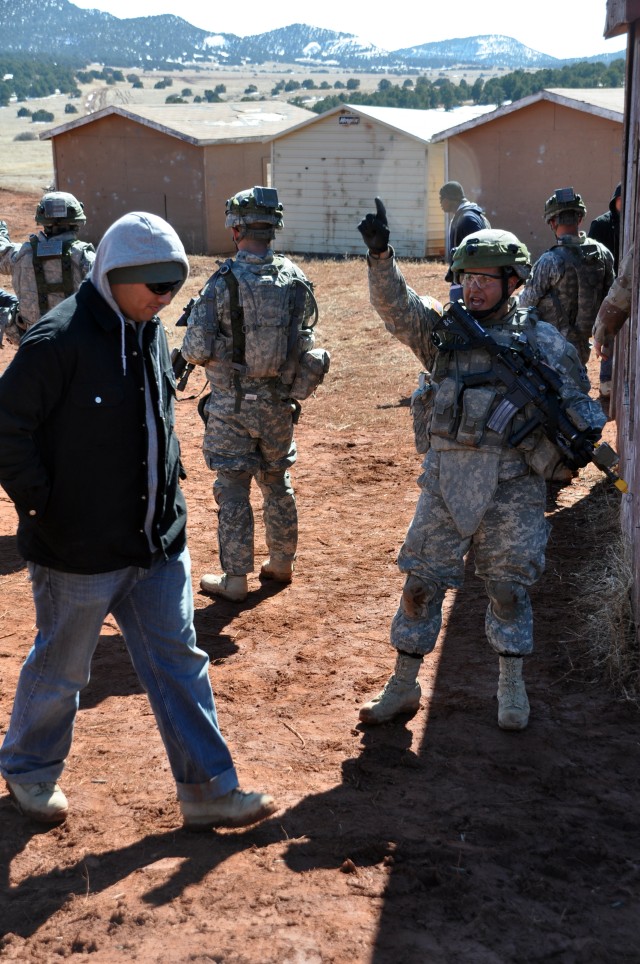

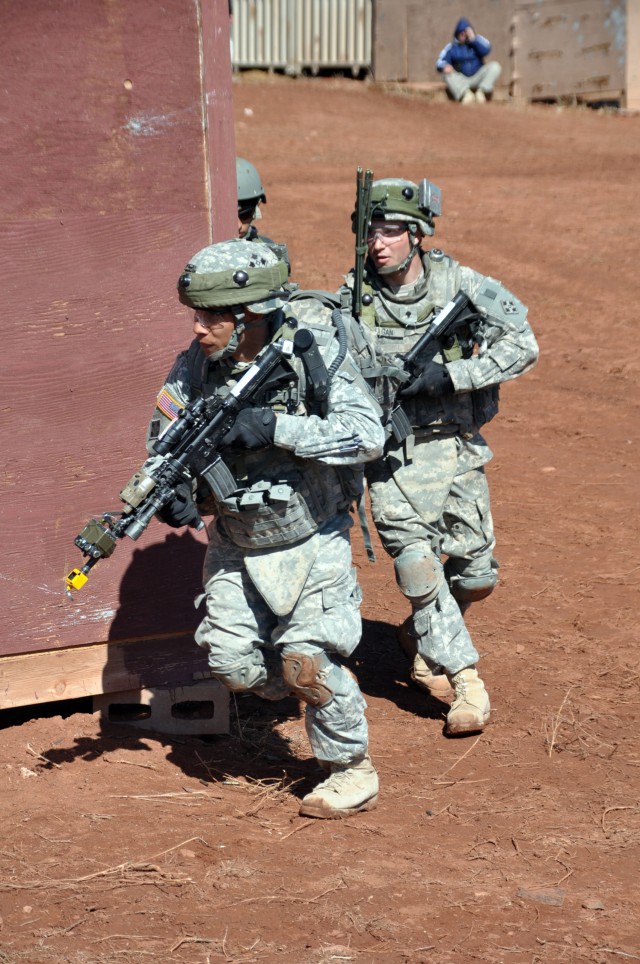

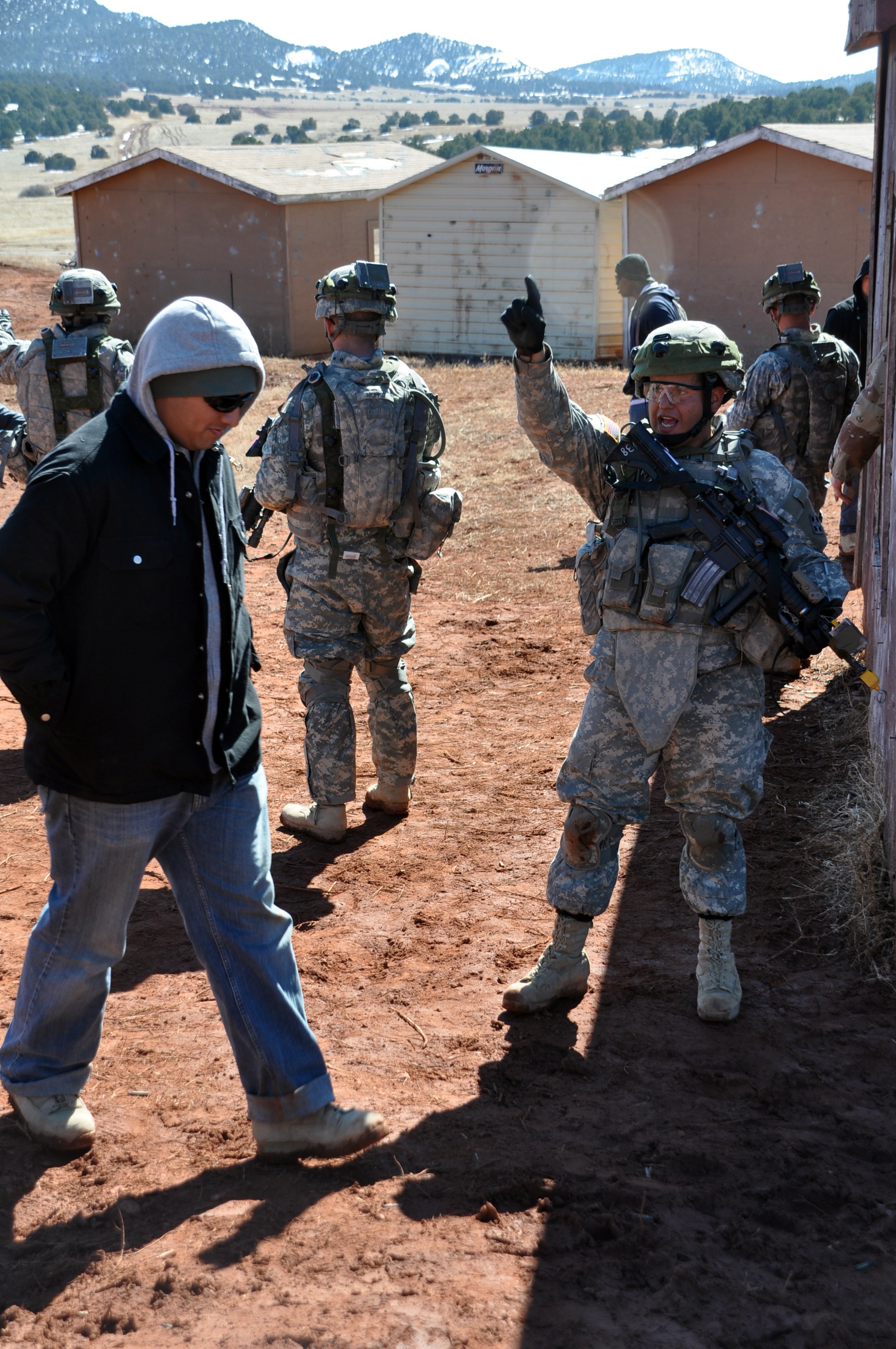
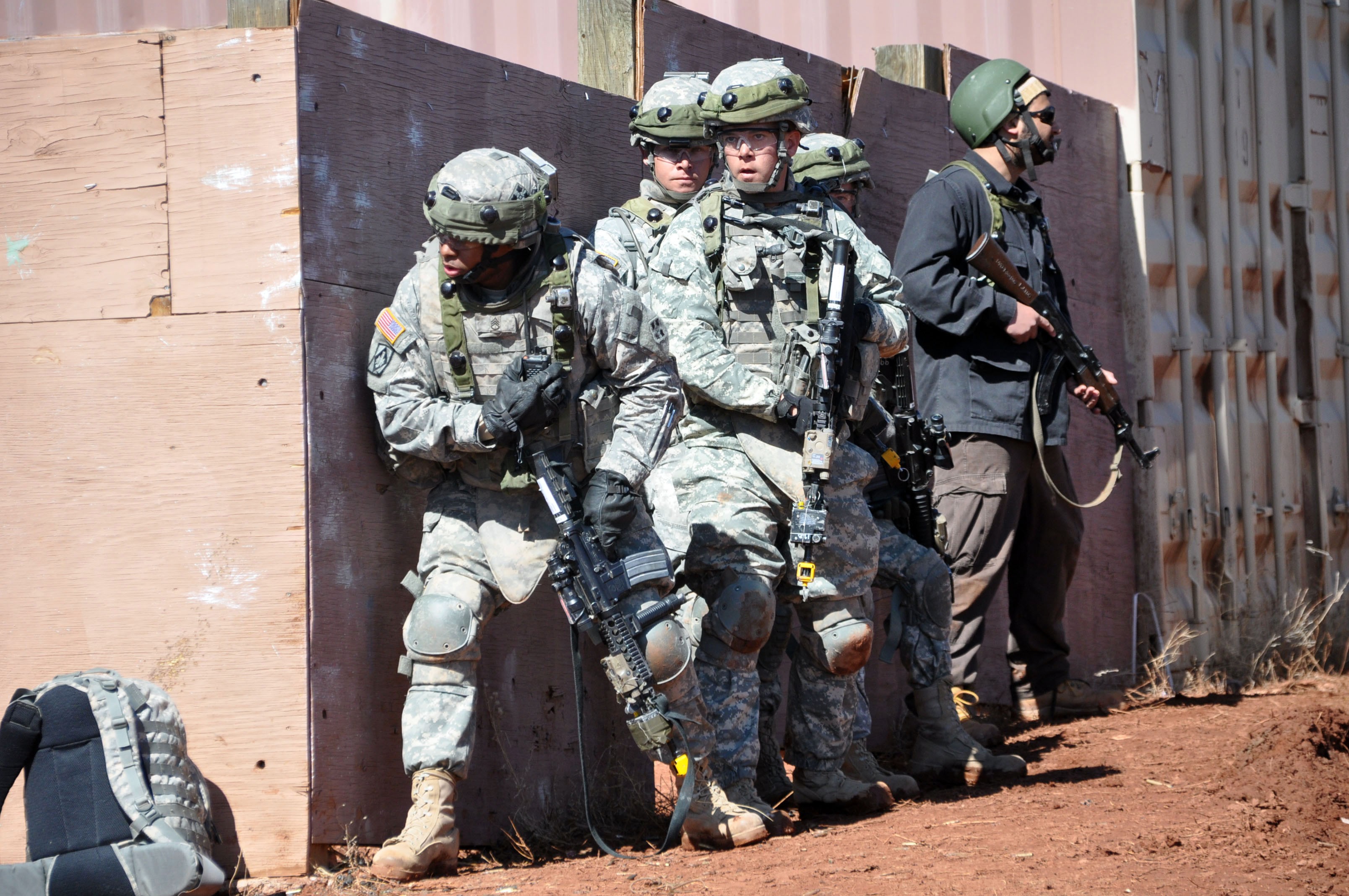
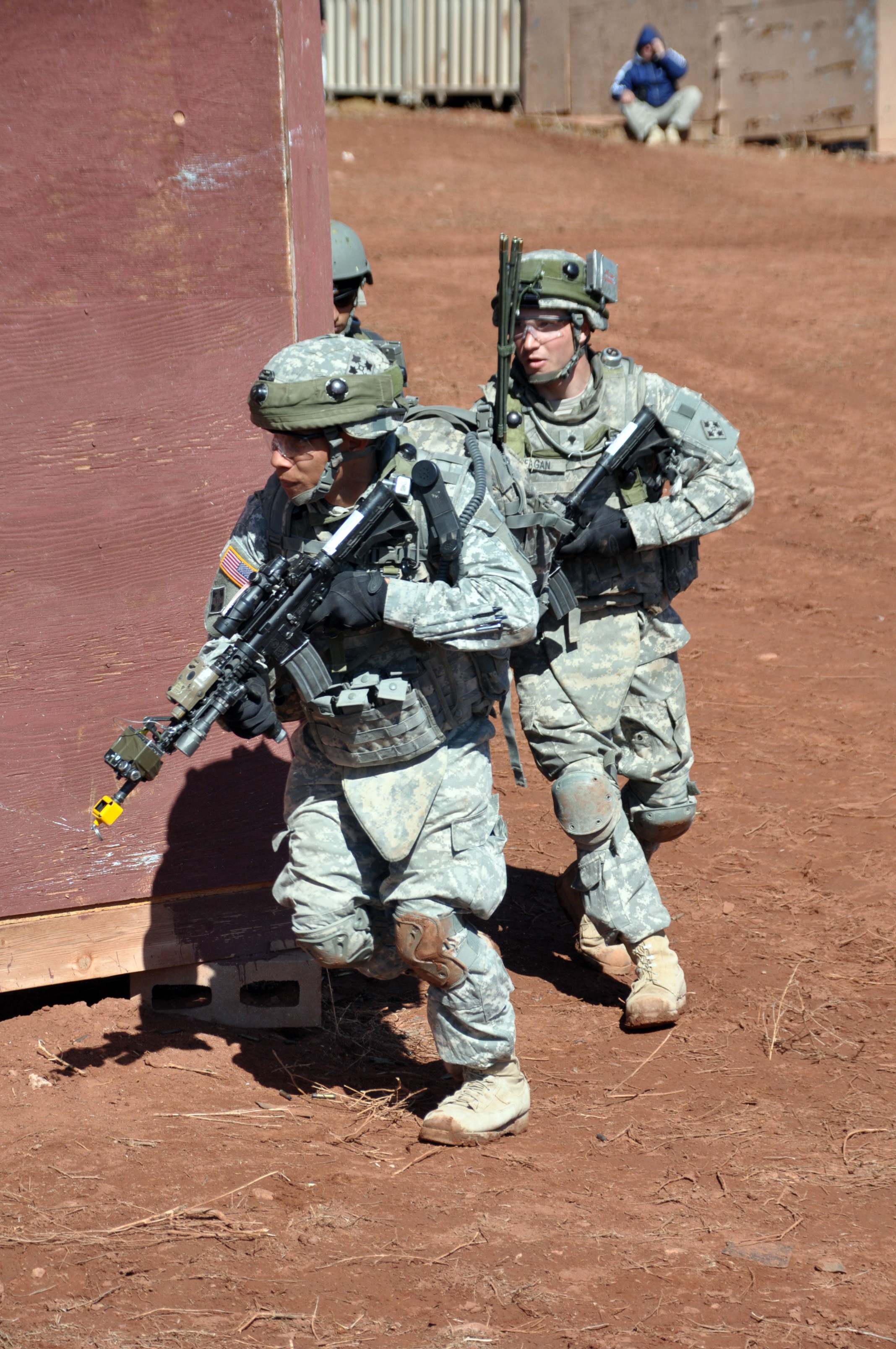
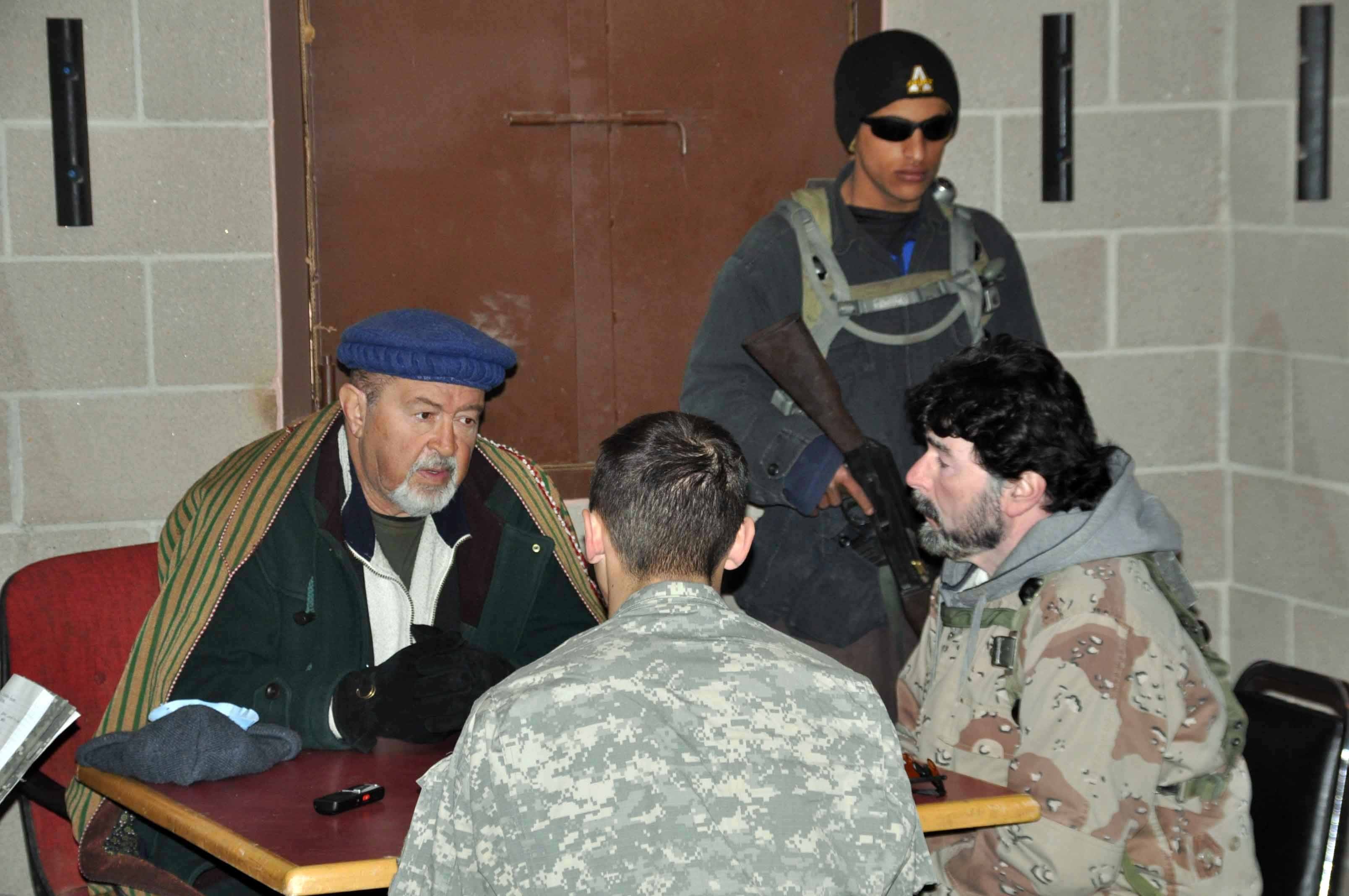
Social Sharing